Be a Leave No Trace Olympian
The Seven Leave No Trace Principles as Olympic Events
August 1, 2024
As the world celebrates the the Olympics, we’re excited to bring that same enthusiasm and dedication to the Appalachian Trail. Just like Olympic athletes, A.T. visitors can strive for excellence by practicing the seven Leave No Trace principles on the Trail. By committing to these practices, you can help preserve the beauty and integrity of the Trail for future generations.
So, in the spirit of the Olympic games, we’ve answered the question on everyone’s minds: if there really were Leave No Trace Olympics, what events would each principle be? All that’s left to do is go for gold and become a Leave No Trace Olympian!
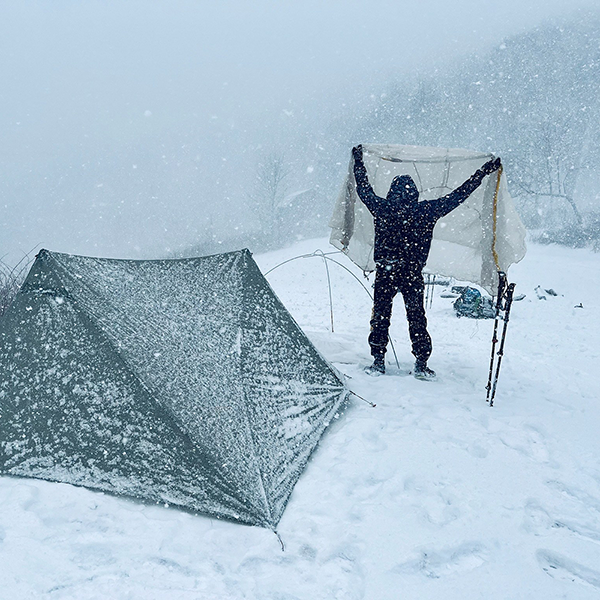
Plan Ahead and Prepare: Decathlon
Just as decathletes must prepare for multiple diverse events, hikers on the Appalachian Trail need comprehensive planning to account for changing weather, terrain, and trail conditions to minimize their environmental impact.
Photo by Brian Corbett.

Travel and Camp on Durable Surfaces: Gymnastics
Gymnasts perform on designated surfaces with precision and care. Similarly, Appalachian Trail hikers should stick to the established path and campsites to protect fragile ecosystems and prevent soil erosion.
Photo by Luis Perrone
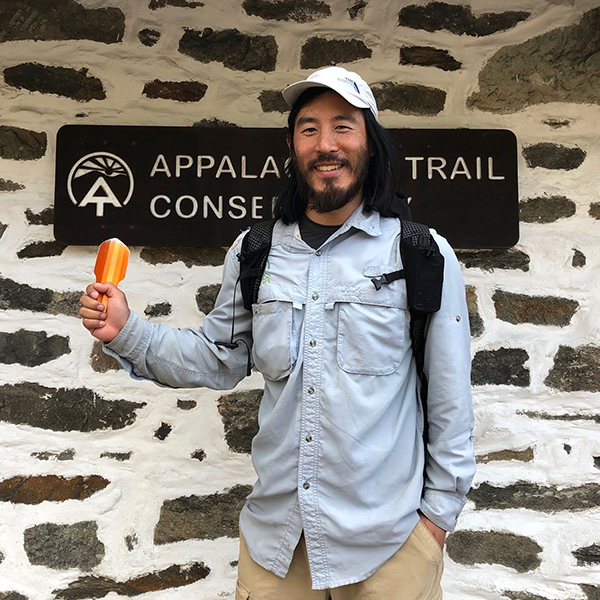
Dispose of Waste Properly: Shot Put
This event involves precise disposal of the shot, paralleling the careful disposal of waste hikers must practice. On the Appalachian Trail, this means carefully depositing your *ahem* “shot” and burying human waste when privies are not available. A.T. visitors should also pack out all trash, leftover food, and litter to keep the Trail pristine.
Photo of Tyler Lau with his trusty trowel at the Harpers Ferry Visitor Center.

Leave What You Find: Fencing
Fencers are skilled at precise movements, ensuring their actions don’t damage their surroundings. Hikers on the Appalachian Trail should leave natural objects like wildflowers and rocks, historical artifacts, and cultural sites undisturbed to preserve the Trail’s heritage and beauty.
Photo by Brad Gibson

Minimize Campfire Impact: Archery
Archers must aim carefully and practice restraint. A.T. visitors should adopt similar habits of mind for the careful and minimal use of campfires on the Appalachian Trail. Using a camp stove instead of a fire helps protect the forest and reduces the risk of wildfires.
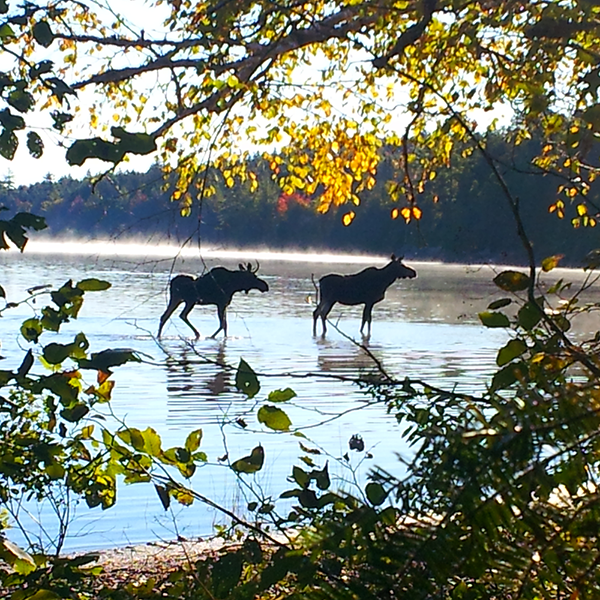
Respect Wildlife: Equestrian
This event showcases the harmony between humans and animals. On the Appalachian Trail, respecting wildlife means observing animals from a distance, storing food securely in a hard-sided bear canister, and not feeding any wildlife to maintain their natural behaviors. P.S. Please do not try to ride the moose.
Photo by Kieth Eddy

Be Considerate of Other Visitors: Synchronized Swimming
Participants must move in harmony with one another, reflecting the importance of being considerate on the Appalachian Trail. Yielding to uphill hikers, keeping noise levels down, and sharing shelters responsibly ensures everyone enjoys their Trail experience.
Photo by Melissa Guziak
Discover More
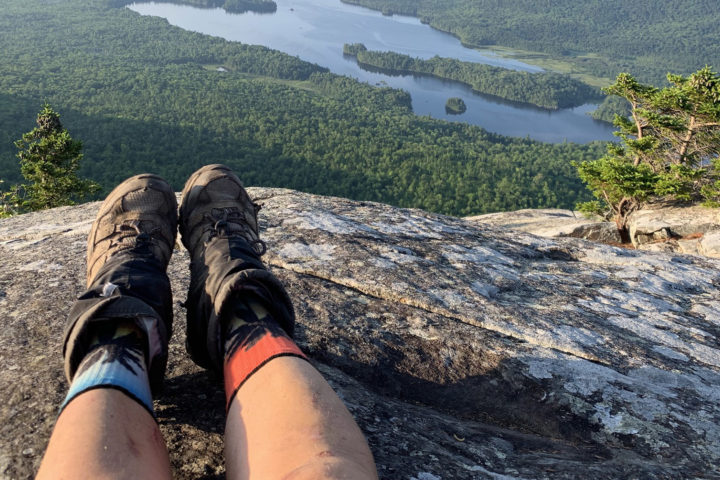
BACK TO THE BASICS
Leave No Trace
Wondering how you can take care of outdoor places like the Appalachian Trail (A.T.)?
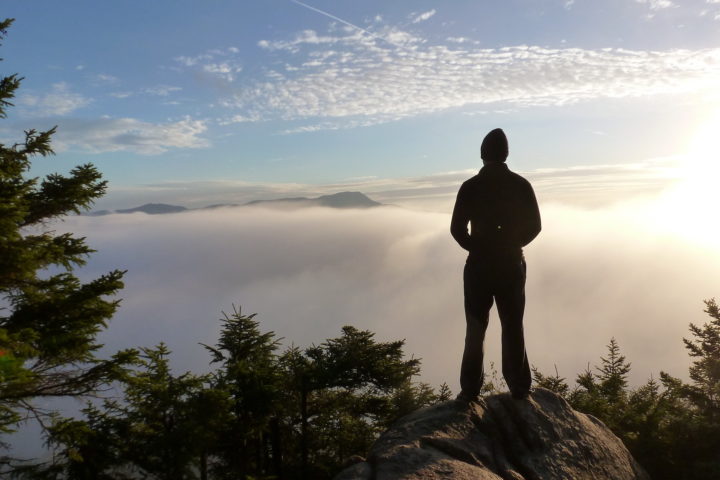
BY CAITLIN MILLER
11 Easy Ways to Improve Your Leave No Trace Footprint
A collection of simple and seemingly small ways you can practice Leave No Trace and help protect the A.T. experience.
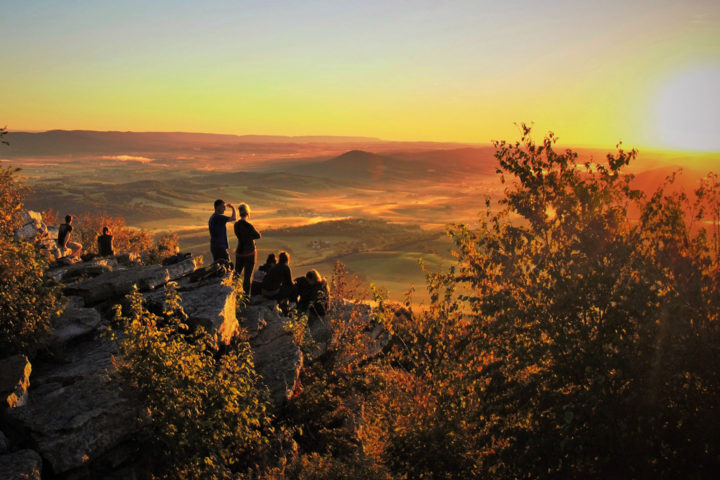
Official Blog
Protecting the A.T. Hiking Experience
Ever since the first foot of the Appalachian Trail was cleared, visitor use management has been essential for protecting A.T. resources and guiding hikers toward safe and Trail-friendly practices.
